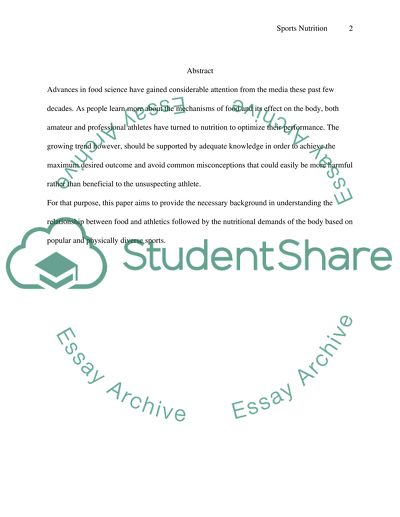Cite this document
(“Nutrition and the relationship to athletic performance Essay”, n.d.)
Nutrition and the relationship to athletic performance Essay. Retrieved from https://studentshare.org/miscellaneous/1533664-nutrition-and-the-relationship-to-athletic-performance
Nutrition and the relationship to athletic performance Essay. Retrieved from https://studentshare.org/miscellaneous/1533664-nutrition-and-the-relationship-to-athletic-performance
(Nutrition and the Relationship to Athletic Performance Essay)
Nutrition and the Relationship to Athletic Performance Essay. https://studentshare.org/miscellaneous/1533664-nutrition-and-the-relationship-to-athletic-performance.
Nutrition and the Relationship to Athletic Performance Essay. https://studentshare.org/miscellaneous/1533664-nutrition-and-the-relationship-to-athletic-performance.
“Nutrition and the Relationship to Athletic Performance Essay”, n.d. https://studentshare.org/miscellaneous/1533664-nutrition-and-the-relationship-to-athletic-performance.


